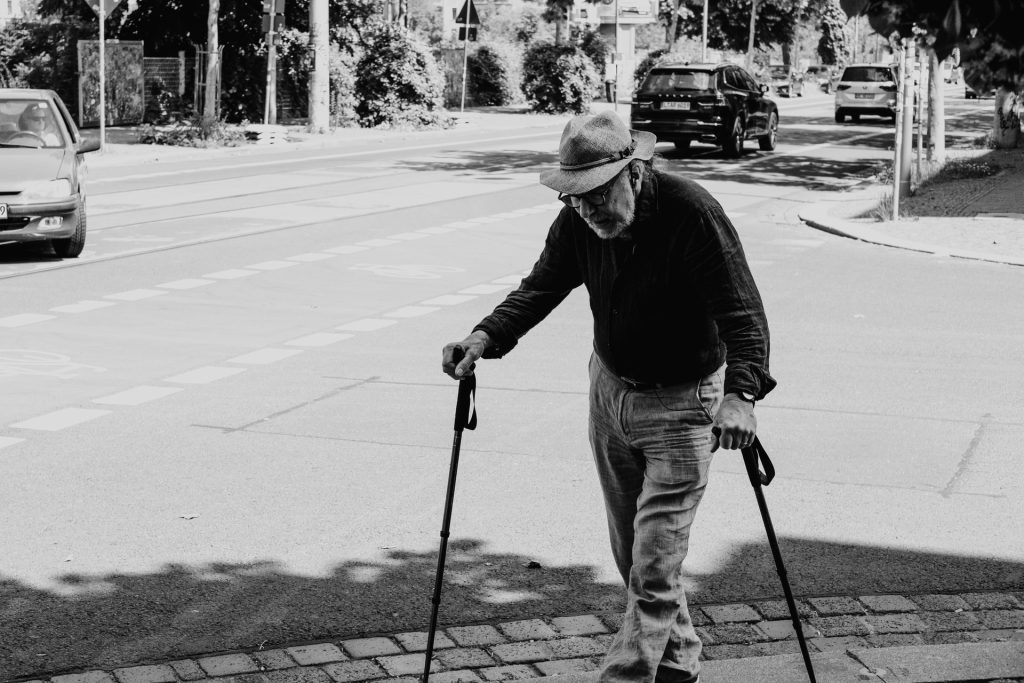Scientists Discover the Genes that Influence When Babies Start Walking

In the first study of its kind, scientists analysed the genetic information of more than 70 000 infants. They identified 11 genetic markers influencing when babies start walking, thus offering multiple targets for future in-depth biological investigation.
In a paper published in Nature Human Behaviour, the study found that genetics accounts for about a quarter of the differences in when children take their first steps.
For years, researchers knew that environmental factors could influence when babies begin to walk, but this new finding shows that genetics also has a major impact. It suggests that, just like with other traits such as height, some children may naturally start walking earlier or later because of their genetic propensity.
Professor Angelica Ronald, Professor of Psychology and Genetics, said: “Most babies take their first step sometime between ages 8 months and 24 months, so it is a wide window in which this exciting milestone happens. It is a big moment for both parents and baby; it symbolises a new phase in a child’s life.”
Dr Anna Gui, an author of the study and a researcher at the University of Rome Tor Vergata and Birkbeck, University of London said: “Until now, we didn’t understand what causes the wide differences between children in when they take their first step. Parents might often worry that walking early or late is a bad sign or that they have done something wrong. We see that genetics play a considerable role in influencing the timing of this milestone.
“
Walking isn’t just a key milestone in the development of a child, but it is connected in terms of genetic influences with many other important aspects of human development. The study found that the genetic factors influencing when children take their first step are partly the same genetic factors that influence brain development including the amount of folding and ridges in the outer surface of the brain (the “cortex”). Moreover, walking later within the typical range was linked genetically with less chance of developing ADHD. Finally, the study showed that relatively later onset of walking was influenced by some of the same genes involved in higher educational attainment.
Prof Ronald added: “It is exciting to be able to discover the genes that influence when children learn to walk. Starting to walk independently is a major milestone for young children. We hope these new genetic findings can advance fundamental understanding about the causes of walking and be used to better support children with motor disorders and learning disabilities.”
She added that parents should still see a GP if there was concern, there is a lot of variety in when children take their first unaided step,
Led by scientists in the UK, the study was made possible through a large collaboration with scientists in the UK, Netherlands and Norway, and through UK and international funding including from the Simons Foundation for Autism Research Initiative.







